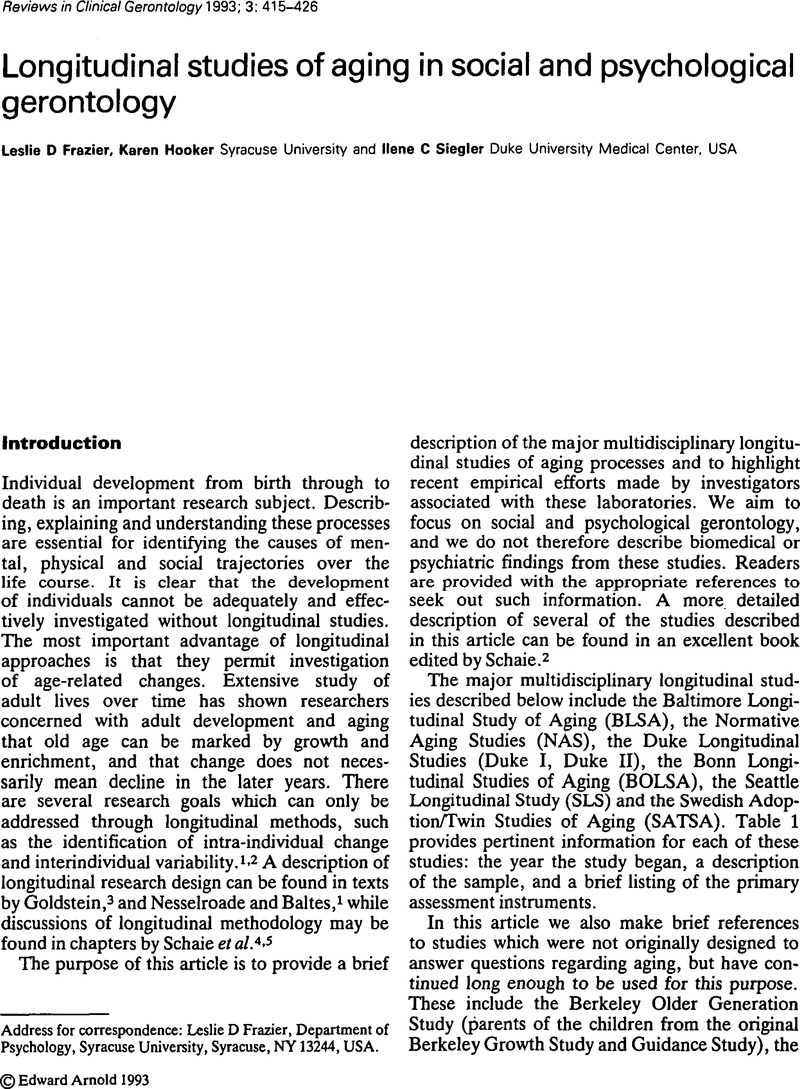Crossref Citations
This article has been cited by the following publications. This list is generated based on data provided by Crossref.
Coleman, Peter G
1997.
Personality, Health and Ageing.
Journal of the Royal Society of Medicine,
Vol. 90,
Issue. 32_suppl,
p.
27.
GRUNDY, E.
and
BOWLING, A.
1999.
Enhancing the quality of extended life years. Identification of the oldest old with a very good and very poor quality of life.
Aging & Mental Health,
Vol. 3,
Issue. 3,
p.
199.
van den Bosch de Aguilar, Philippe
2015.
Vieillir : un carrefour des temps biologiques.
Gérontologie et société,
Vol. vol. 37 / n° 148,
Issue. 1,
p.
59.



